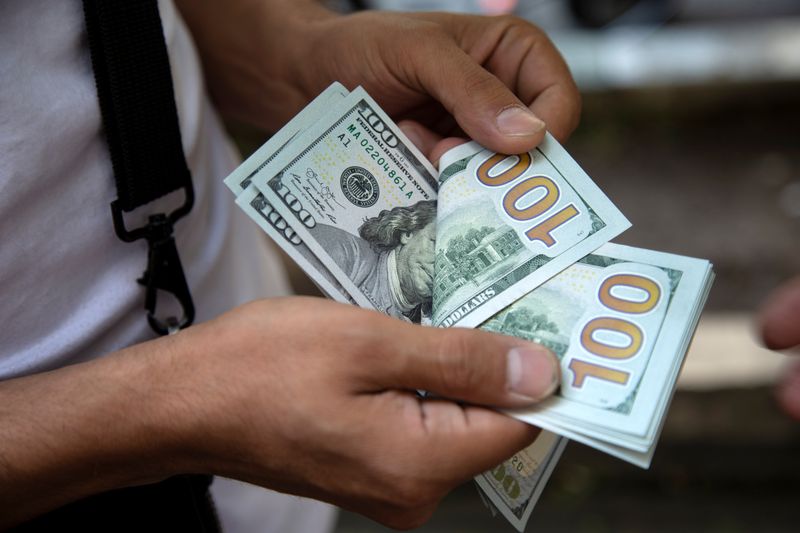Hedge funds cut NFLX, keep big bets on MSFT, AMZN, add NVDA
On Wednesday, the Indian rupee weakened marginally against the U.S. dollar, reversing its initial gains due to increased hedging by importers and the maturation of positions in the non-deliverable forwards market.
The rupee closed at 86.8925 per dollar, slightly down from its previous session close of 86.8275.
The currency had risen to a near-two-week high of 86.47 earlier in the day but could not maintain its strength. The heightened demand for dollars at the daily reference rate set by the central bank was a contributing factor to the rupee’s decline. Additionally, potential outflows from Indian stocks applied downward pressure on the rupee.
However, some of the losses were mitigated by mild dollar sales from state-run banks, according to a foreign exchange salesperson at a bank.
Despite facing challenges such as portfolio outflows and concerns over a global trade war, the rupee’s bearish sentiment has somewhat eased due to decisive interventions by the central bank on Monday and Tuesday. Nevertheless, the currency has depreciated over 1% in 2025, making it one of the worst-performing Asian currencies to date.
Meanwhile, the dollar index was slightly higher at 108, with Asian currencies showing little movement as investors awaited the release of key U.S. consumer inflation data. The outcome of this data is anticipated to shape expectations regarding the timing of the next rate cut by the Federal Reserve. Fed Chair Jerome Powell emphasized on Tuesday that there is no urgency for the central bank to cut policy rates.
Market participants are also closely monitoring trade policy developments. ING Bank noted the unpredictability in trading due to ongoing trade tensions, as there’s no clear indication of when the U.S. might expand tariffs.
In a recent move, U.S. President Trump announced a 25% tariff on all aluminium and steel imports and has signaled plans to introduce reciprocal tariffs this week that match the rates of tariffs imposed by other countries.
This article was generated with the support of AI and reviewed by an editor. For more information see our T&C.
